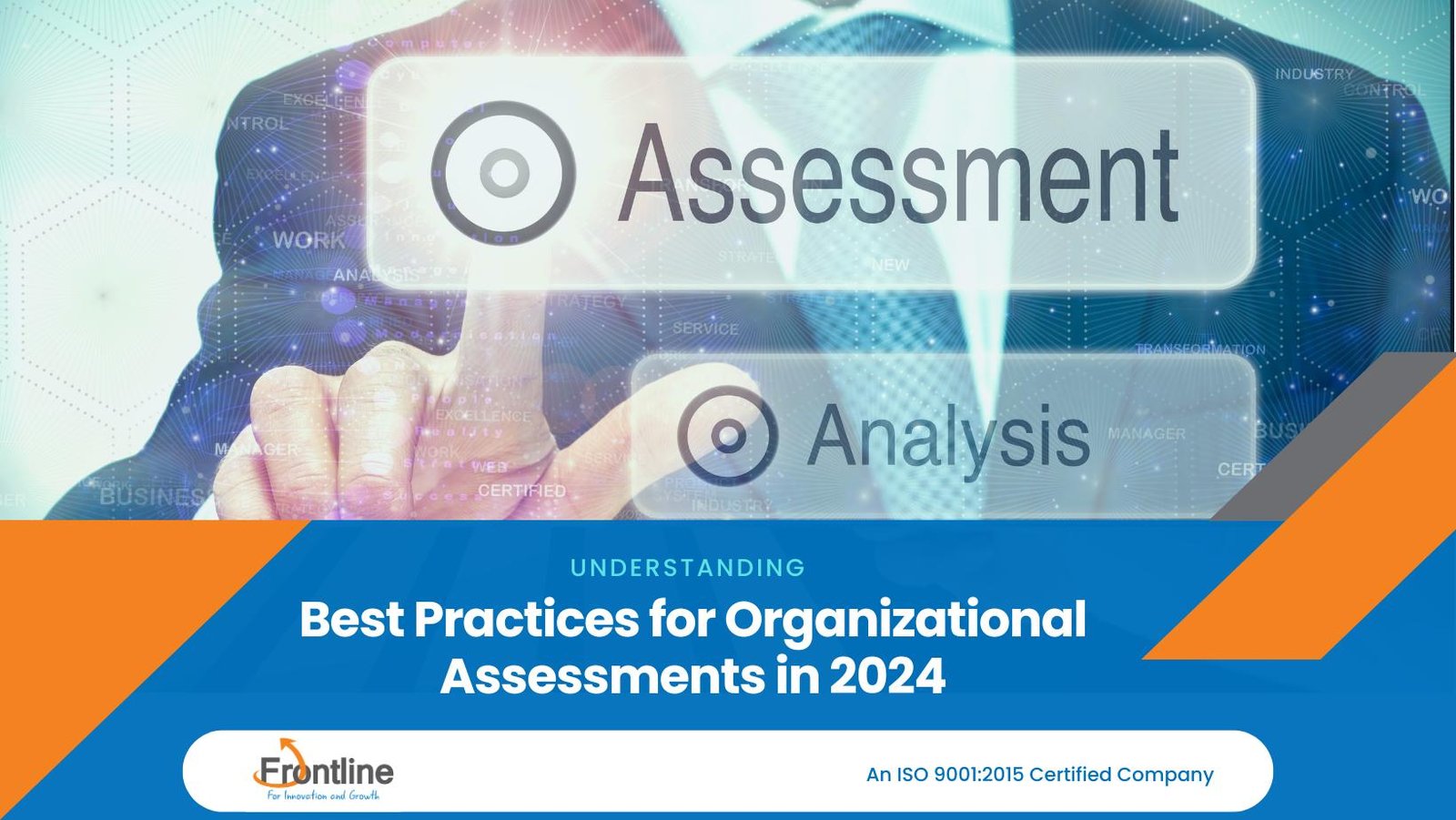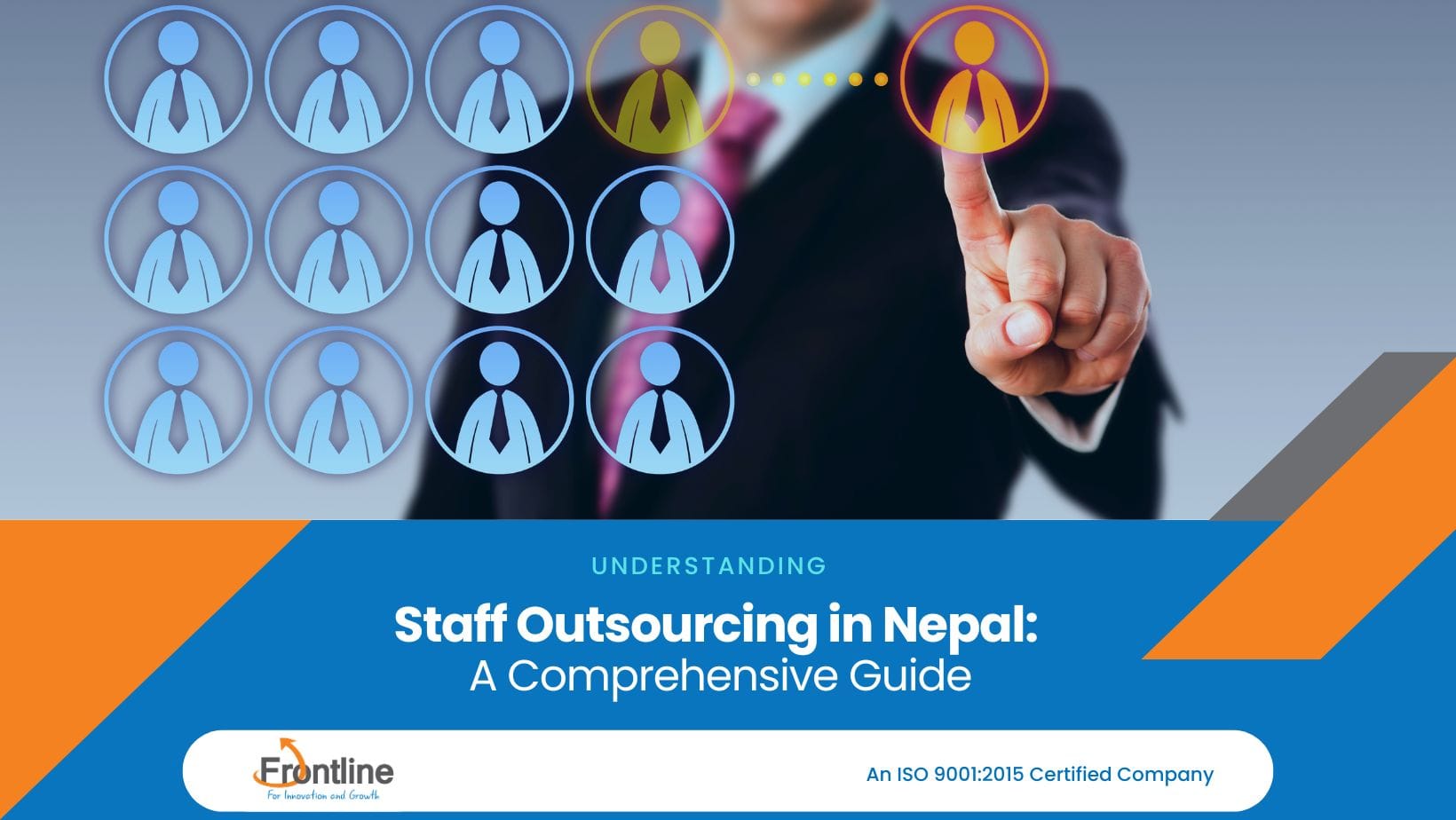Organizational assessments have become very critical for ensuring that companies remain competitive and efficient in today’s business world. As we step into 2024, it is essential to understand the best practices that can uplift performance and drive sustainable growth.
This comprehensive guide will explore the latest strategies and methodologies for conducting effective organizational assessments.
Introduction to Organizational Assessments
Organizational assessments are systematic evaluations of an organization’s processes, structures, and performance. These assessments provide a clear picture of the current state of the organization, identifying strengths, weaknesses, opportunities, and threats (SWOT). The insights gained from these evaluations are pivotal for strategic planning and operational improvements.
Importance of Organizational Assessments in 2024
As businesses face increasing complexity and uncertainty. The need for organizational assessments has never been greater. These evaluations help organizations:
- Identify performance gaps: Highlight areas where performance is below expectations and where improvements are necessary.
- Enhance strategic alignment: Ensure that all organizational activities are aligned with strategic goals.
- Facilitate change management: Support the implementation of change initiatives by providing a clear understanding of current capabilities and readiness for change.
- Improve decision-making: Provide data-driven insights that inform better decision-making processes.
Key Components of Effective Organizational Assessments
To conduct an effective organizational assessment, it is important to focus on several key components:
1. Defining Assessment Objectives
Clear and well-defined objectives are the foundation of any successful assessment. Objectives should be specific, measurable, achievable, relevant, and time-bound (SMART). They guide the assessment process and ensure that it addresses the most critical aspects of organizational performance.
2. Selecting Appropriate Assessment Tools
The choice of assessment tools can significantly impact the quality of the insights gained. Common tools include:
- Surveys and Questionnaires: Collect quantitative and qualitative data from employees, managers, and other stakeholders.
- Interviews: Provide in-depth insights through one-on-one discussions with key personnel.
- Focus Groups: Facilitate group discussions to gather diverse perspectives.
- Benchmarking: Compare organizational performance against industry standards or best practices.
- SWOT Analysis: Identify strengths, weaknesses, opportunities, and threats.
3. Gathering and Analyzing Data
Data collection should be systematic and comprehensive. It is crucial to use reliable sources and methodologies to ensure the accuracy of the data. Once collected, data analysis should focus on identifying patterns, trends, and areas for improvement.
4. Engaging Stakeholders
Engaging stakeholders throughout the assessment process is vital for gaining buy-in and ensuring the success of the assessment. Stakeholders should be involved in defining objectives, providing input, and reviewing findings.
5. Reporting and Communicating Findings
The findings of the assessment should be clearly communicated to all relevant parties. Reports should be concise and include actionable recommendations. Visual aids such as charts and graphs can help in presenting data effectively.
Best Practices for Organizational Assessments in 2024
To maximize the benefits of organizational assessments, consider the following best practices:
1. Embrace a Holistic Approach
To get a complete understanding of an organization, it’s important to look at all its parts. This includes assessing how well the leadership and governance structures work. It’s also important to look at the company’s culture and see if it matches its core values. Evaluating the efficiency of business processes and systems is another key step. Additionally, examining talent management, employee engagement, and development programs helps understand the human resources aspect. Finally, reviewing financial health through budgeting, forecasting, and financial controls is essential for a thorough assessment.
2. Leverage Technology
Advancements in technology bring new ways to improve organizational assessments. For example, using data analytics helps to gain deeper insights from collected information. Implementing artificial intelligence (AI) tools can support predictive analysis and decision-making. Additionally, digital platforms are useful for collecting, analyzing, and reporting data. Leveraging these technologies can make assessments more effective and efficient.
3. Foster a Culture of Continuous Improvement
Organizational assessments should not be a one-time event but part of an ongoing process of continuous improvement. Encourage a culture where feedback is valued, and employees are empowered to contribute to organizational growth.
4. Align Assessments with Strategic Goals
Ensure that assessments are aligned with the organization’s strategic goals and objectives. This alignment helps in prioritizing initiatives that support long-term success.
5. Invest in Training and Development
Training and development programs are essential for building the skills and capabilities required for effective assessments. Invest in training for employees involved in the assessment process to enhance their competencies.
6. Monitor and Evaluate Progress
Regularly monitor and evaluate the implementation of assessment recommendations. Use key performance indicators (KPIs) to track progress and make adjustments as needed.
Conclusion
In 2024, organizational assessments are more important than ever for driving performance and achieving strategic goals. By embracing best practices, leveraging technology, and fostering a culture of continuous improvement, organizations can get their full potential and navigate the complexities of the modern business landscape.
739 views






